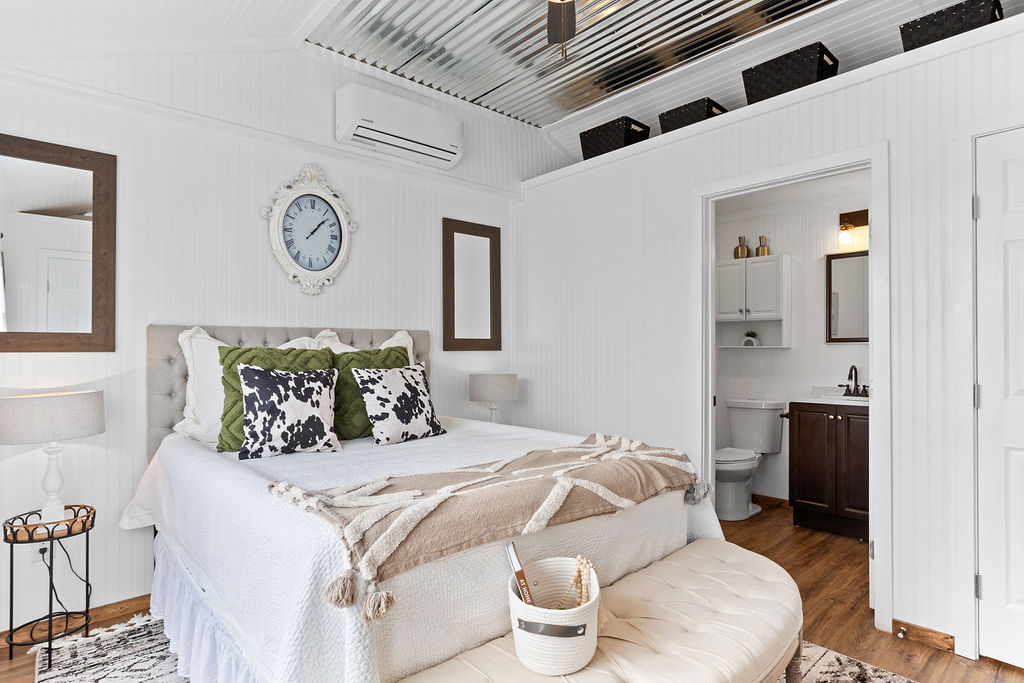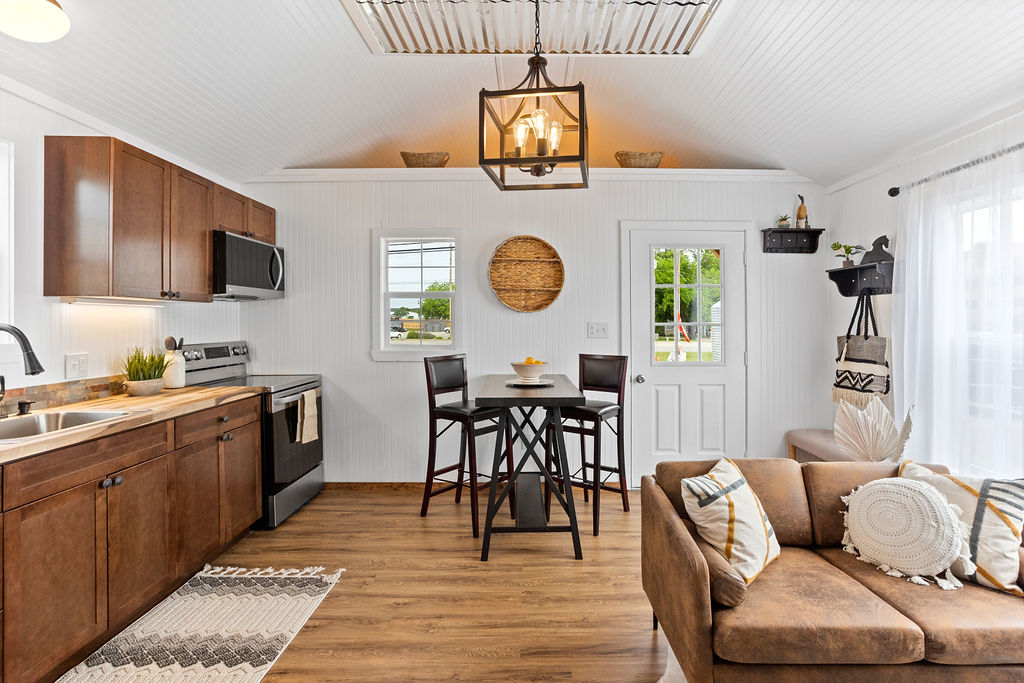In today’s world, where environmental concerns and the desire for simplicity are on the rise, minimalist living has gained significant attention. This lifestyle advocates for green living by adopting various practices, including downsizing living spaces, decluttering, and embracing concepts like tiny homes. In this article, we will delve into the primary factors influencing minimalist living, analyze the tradeoffs involved, explore the difficulties associated with different approaches, and underscore the importance of considering the impact when choosing a minimalist lifestyle.
Downsizing Living Spaces: Less is More
One of the fundamental tenets of minimalist living is downsizing living spaces. This involves opting for smaller homes, apartments, or even tiny houses, all designed to reduce our carbon footprint. Smaller living spaces require fewer materials for construction, leading to reduced environmental impact. However, the tradeoff often entails limited storage and personal space. Balancing comfort with eco-consciousness is a continuous challenge for those embracing smaller living spaces.
Decluttering: Finding Freedom in Less
Decluttering is a cornerstone of minimalist living, promoting a clutter-free and organized environment. By reducing the number of possessions, individuals can focus on what truly matters and reduce waste. The benefits of decluttering include reduced stress and enhanced well-being. Yet, the emotional difficulty of parting with sentimental items can be a significant hurdle. Embracing a minimalist lifestyle means making thoughtful choices about what to keep and what to let go.
Tiny Homes: Compact Living with a Green Twist
Tiny homes have become a symbol of minimalist and green living. Typically less than 500 square feet in size, these homes are cost-effective and eco-friendly. They require fewer resources for construction and often incorporate energy-efficient designs and materials. The main tradeoff here is the limited living space, which can be a significant adjustment for those accustomed to more extensive accommodations. Balancing functionality with minimalism is a constant challenge for tiny home enthusiasts.

Balancing Green and Minimalist Living
Balancing green and minimalist living involves careful consideration of the tradeoffs. While these lifestyles offer environmental benefits and promote simplicity, they may come with challenges related to comfort and convenience. It’s essential to find the right equilibrium that aligns with individual preferences and values.
The Significance of Considering the Impact
Choosing to adopt a minimalist lifestyle with an emphasis on green living is not just a personal decision. It also has broader environmental and societal implications. By reducing our carbon footprint and promoting eco-conscious practices, individuals contribute to a more sustainable future. However, embracing such a lifestyle may also necessitate changes in local regulations and practices to accommodate smaller homes or alternative living arrangements.
In conclusion, minimalist living with a focus on green living is a path toward a more sustainable and simpler lifestyle. The decision to downsize, declutter, or embrace tiny homes involves tradeoffs that should be carefully considered. By finding the right balance that aligns with individual values, preferences, and an awareness of the broader impact, individuals can make informed choices that benefit both their well-being and the environment.
